1.800.221.5175
Reading & Writing
From Phonics to Reading
Grades K–3
|
Building Reading Success with Wiley Blevins
Grades K–5
Vocabulary
Vocabulary Workshop, Tools for Comprehension
Grades 1–5
Vocabulary Workshop Achieve
Grades 6–12+
|



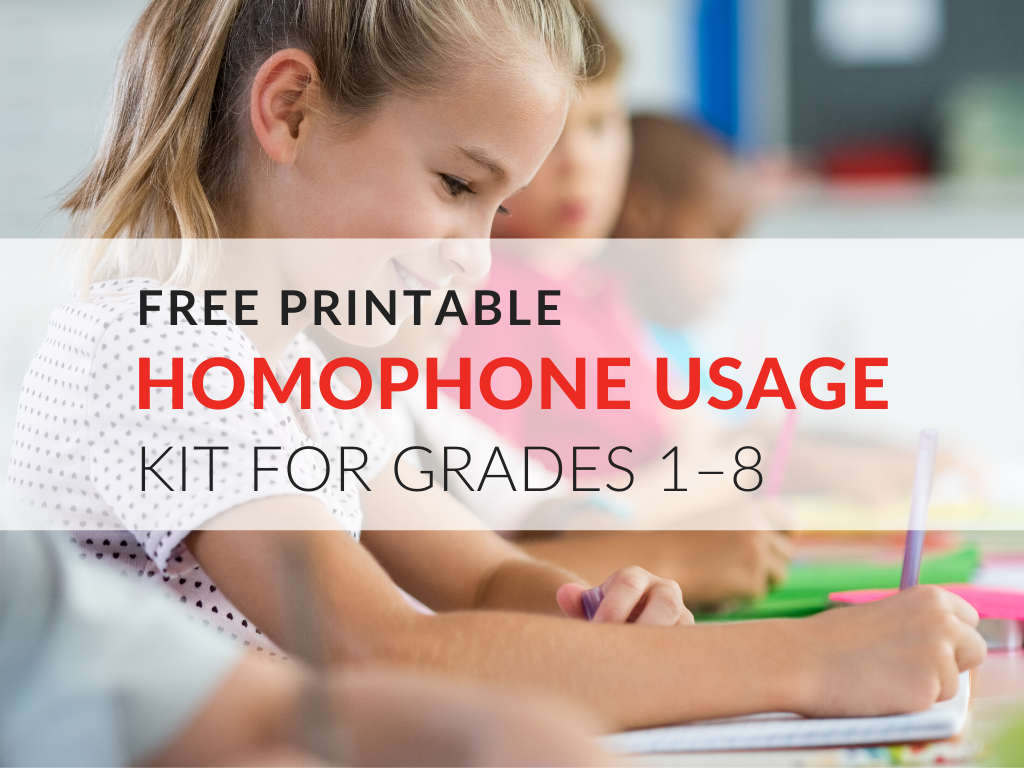
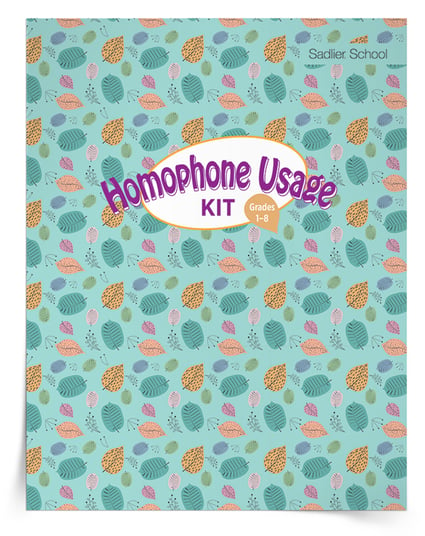

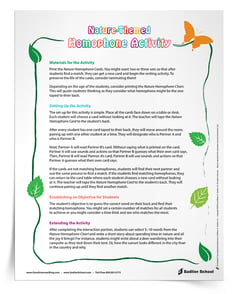 Time to reconnect with nature and get your silly on with the Nature-Themed Homophone Activity. Students will be moving, laughing, and practicing commonly confused words in this hilarious, charade-like exercise!
Time to reconnect with nature and get your silly on with the Nature-Themed Homophone Activity. Students will be moving, laughing, and practicing commonly confused words in this hilarious, charade-like exercise!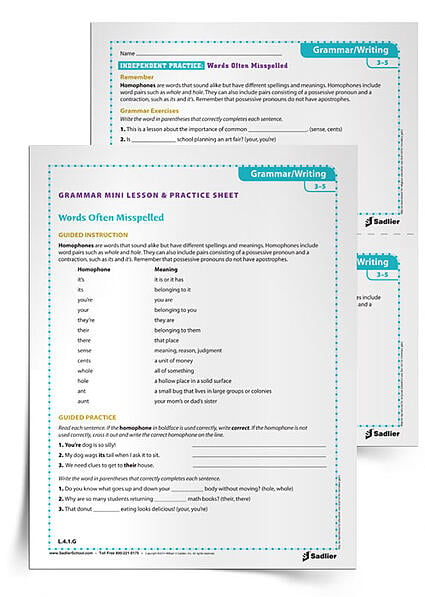
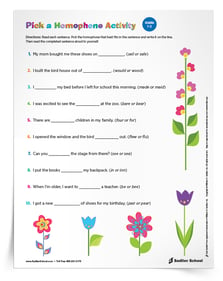 This simple activity will get your kids thinking deeply about homophones! Students must read a sentence and choose the correct homophone based on context. Since it’s easy-to-follow, students can work independently, in pairs, or they can even take the activity home for homework.
This simple activity will get your kids thinking deeply about homophones! Students must read a sentence and choose the correct homophone based on context. Since it’s easy-to-follow, students can work independently, in pairs, or they can even take the activity home for homework.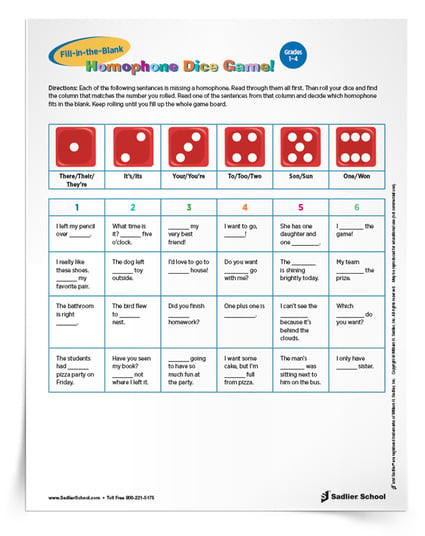
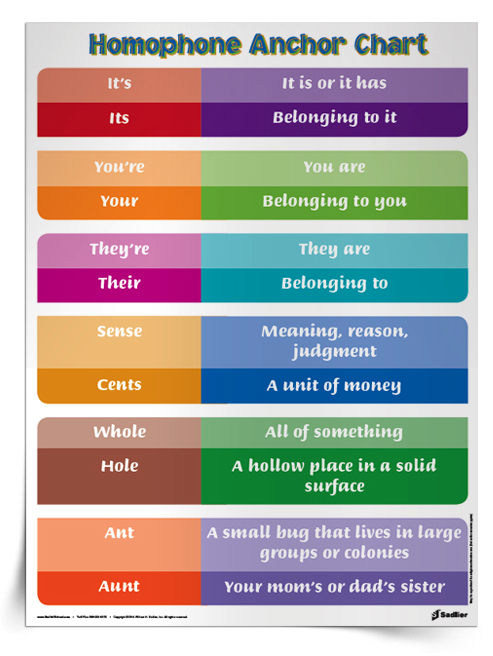 Homophone anchor charts are a great way to place the words in the classroom and provide a resource for students as they learn homophones.
Homophone anchor charts are a great way to place the words in the classroom and provide a resource for students as they learn homophones.